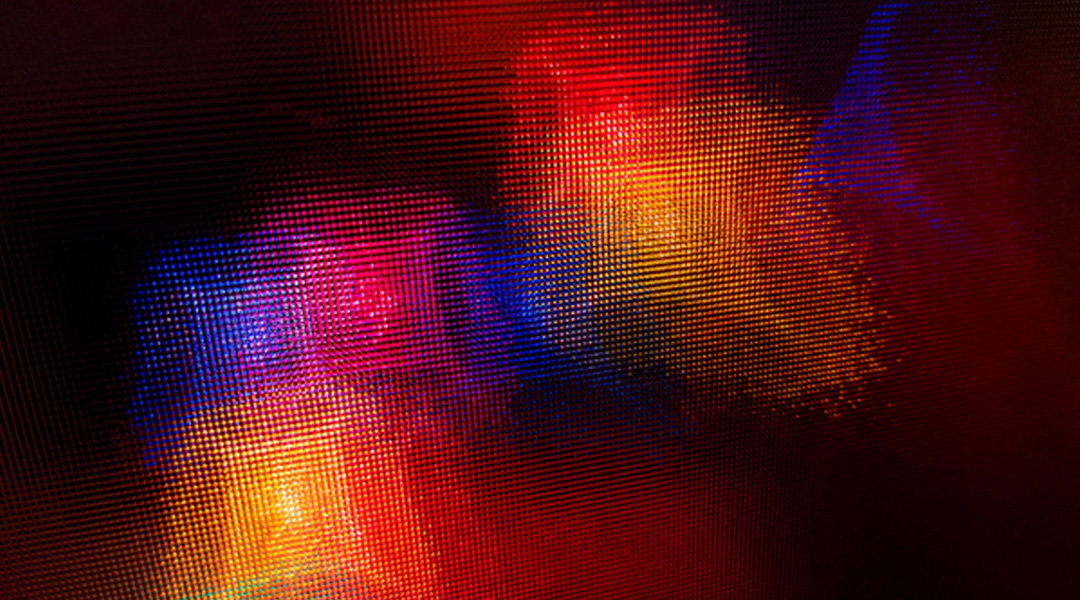A team of Chinese physicists has proposed a new mathematical definition for how we measure entanglement between multiple particles. These findings, they say, could improve our understanding of how entangled particles interact to help boost future quantum technologies, such as quantum computers, quantum communications, or quantum radar.
Quantum mechanics, which describes the behavior of elementary particles such as electrons, has provided scientists with the ability to make many fascinating predictions about the physics that goes on in the subatomic world, one of the most intriguing of which is the concept of entanglement.
Entanglement occurs when two or more elementary particles become connected in such a way that the state of one particle becomes directly related to the state of another even when separated by an arbitrarily large distance. Their properties, such as spin or polarization, become correlated to the point where the state or properties of one particle can be altered by manipulating the states of the others.
This concept is not only very interesting in its own right, but plays a key role in quantum technologies as the operation of many quantum devices depend critically on the entanglement of their components.
However, despite the rapid pace of development, there remain problems with the mathematical description of an entangled system when it involves more than two entangled particles.
“Compared with bipartite entanglement systems, the complexity of a multi-partite entanglement system grows remarkably with the increasing number of parties and the increasing dimension of the systems,” wrote a team of scientists led by Xian Shi of Beijing University from Chemical Technology and Lin Chen from Beihang University in the paper published in Annalen der Physik.
Without this understanding, developing error-proof and fast quantum devices may be impossible, since they always contain much more than just two entangled parts. To solve this problem, the physicists considered the fact that the state of a quantum system can be simplified to a point in a higher-dimensional space–one that has more dimensions than our everyday three-dimensional space (depending on a system, it may be even infinite-dimensional). It’s a bit abstract, but allows physicists to better represent and analyze quantum states in mathematical terms.
Their new mathematical means of defining and measuring the entanglement of particles is based on the coordinates of the points that correspond to the states of individual entangled particles in this higher-dimensional space of quantum states. According to the team, this makes it much more convenient, intuitive, and simpler to work with than with previously proposed definitions.
“[In our study], we proposed a genuine multi-particle entanglement measure based on the geometric method,” said Shi in an email. “Compared to previous measures, this measure can show more conditions of entanglement among the parties.”
The team analyzed the mathematical properties of their new definition and ensured their approach satisfies all the requirements that the sophisticated and abstract mathematical machinery of quantum mechanics imposes on the entanglement measure.
Hopefully, this result will not remain purely theoretical for too long and will soon be used to improve methods for processing quantum information and speeding up quantum algorithms.
Although the new definition is an important step forward, the researchers intend to continue analyzing and improving it in order to better understand the interaction of quantum particles at the most fundamental level and advance quantum technologies even further.
“In the future, we will continue to study the generic properties of entanglement measures and investigate other applications of the measure,” concluded Shi.
Reference: Xian Shi and Lin Chen, A Genuine Multipartite Entanglement Measure Generated by the Parametrized Entanglement Measure Annalen der Physik (2023), DOI: 10.1002/andp.202300305
Feature image credit: Sigmund on Unsplash

















